SOOK#:SKNOX088 Continenal No:5WK97348A OE#:4326769,2139930 Application: Cummins ...
NOx Sensor Manufacturers
Our NOx sensors are specifically designed for modern internal combustion engines and hybrid vehicles, enabling real-time monitoring of NOx concentrations in exhaust gases to ensure compliance with stringent global emission standards such as Euro 6. As a self-owned manufacturing facility, we offer end-to-end control from research and development to production and testing, delivering highly reliable and cost-effective solutions to customers.
| Range | NOx: 0~1500ppm, O₂: 12%~21% |
| Accuracy NOx | 0~100ppm: ±10ppm |
| 100~500ppm: ±10% | |
| 500~1500ppm: ±15% | |
| Accuracy O₂ | 0%~5%: ±0.25% |
| 5%~21%: ±5% | |
| Response Time | t₁₀↔90% λlin < 4900ms |
| t₁₀↔90% NOx < 5300ms | |
| Power Supply | 12V, 24V |
| Light Off Time | 120s (Devpoint to status byte OK) |
| Design Life Time | 6000h or 350,000km |
| Sensor Cable Length | 415mm, 615mm, 915mm |
| Exhaust Temperature | 800°C |
| Wire Temperature | 200°C |
| Cross Sensitivity | NO₂, NH₃, Pressure |
-
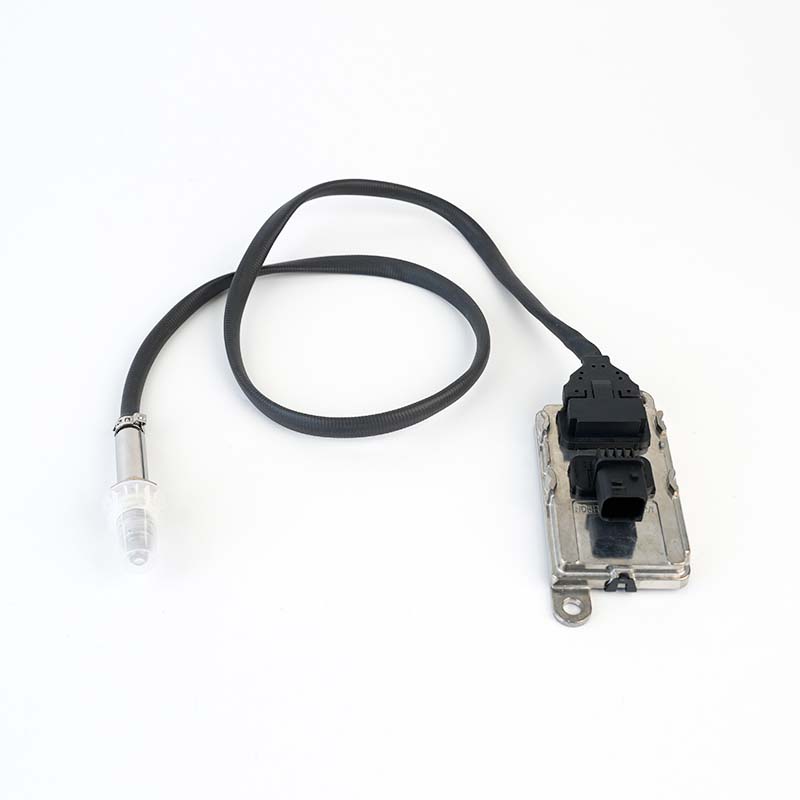
-
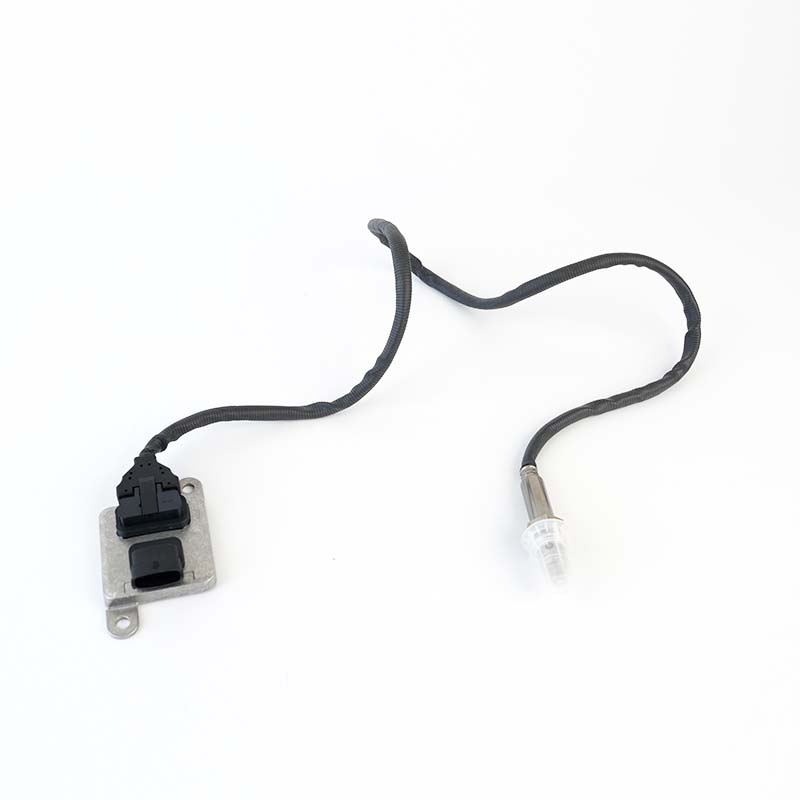 A034X849,2894943,904-6002 NOx Sensor
A034X849,2894943,904-6002 NOx SensorSOOK#:SKNOX095 Continenal No:5WK96672A OE#:A034X849,2894943,904-6002, 1869930PRX Application: Cummi...
-
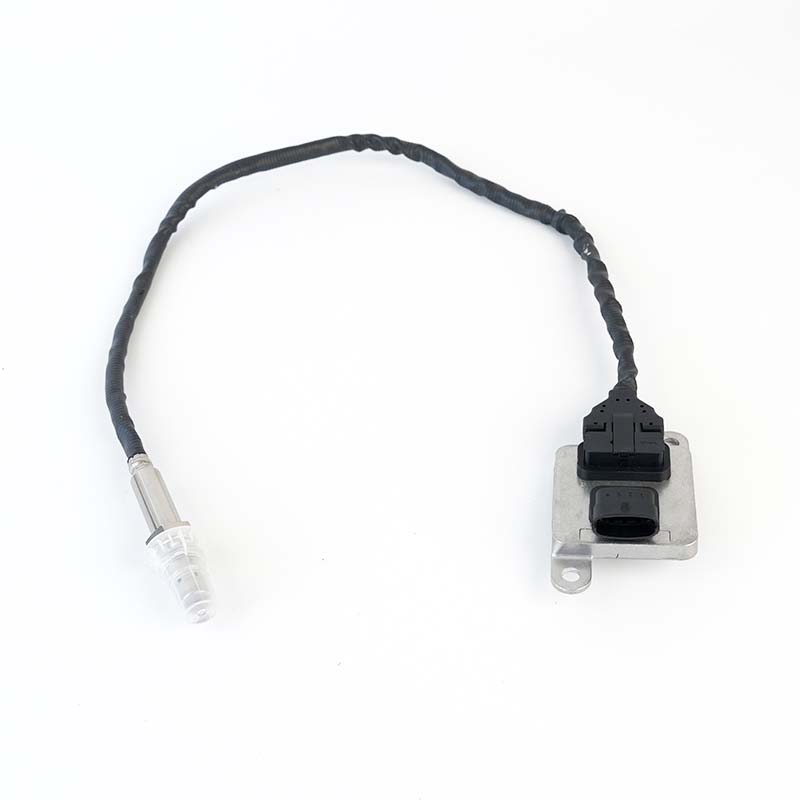 2894939,A034X846,4984053 NOx Sensor
2894939,A034X846,4984053 NOx SensorSOOK#:SKNOX096 OE#:2894939,A034X846,4984053, 4984576,2871978 Application: Cummins
-
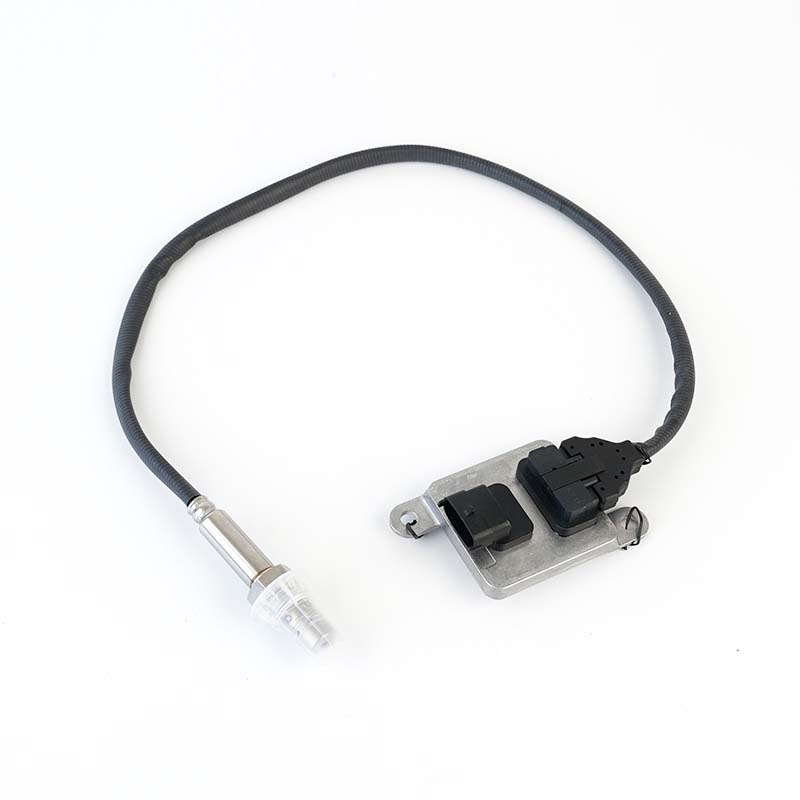 2871978 NOx Sensor
2871978 NOx SensorSOOK#:SKNOX097 OE#:2871978 Application: Cummins
-
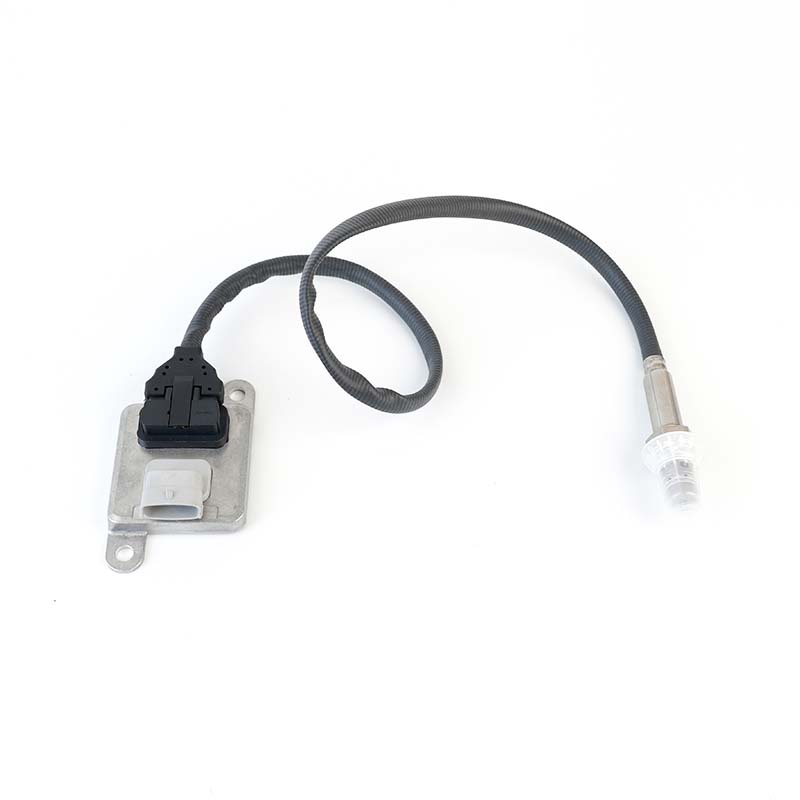 2894941 NOx Sensor
2894941 NOx SensorSOOK#:SKNOX117 Continenal No:5WK96673A OE#:2894941 Application: Cummins
-
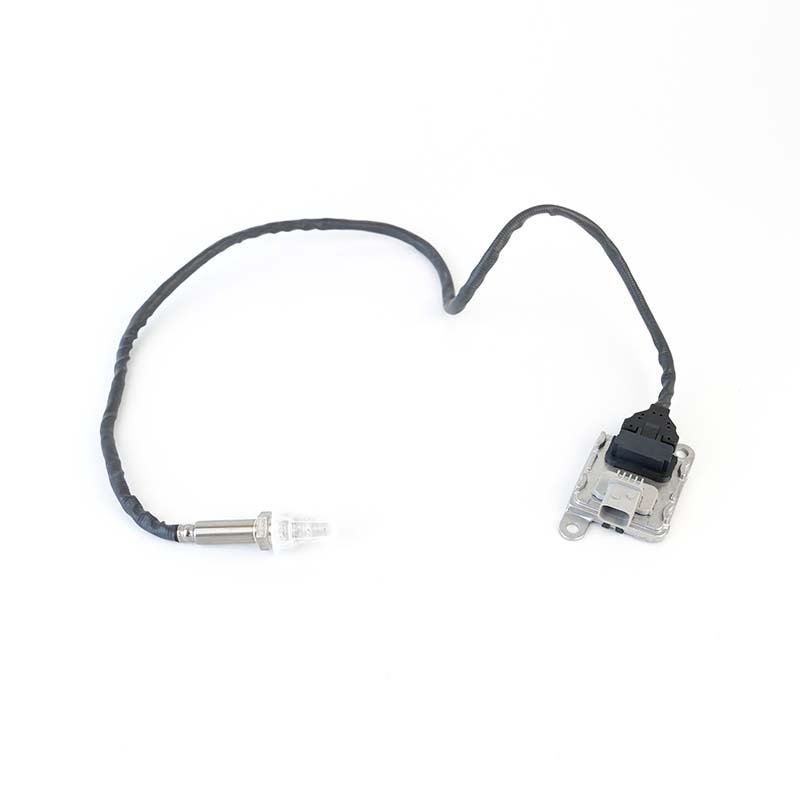 A0101532328,A0091530728 NOx Sensor
A0101532328,A0091530728 NOx SensorSOOK#:SKNOX141 Continenal No:5WK97339A OE#:A0101532328,A0091530728 Application:Mercedes-...
-
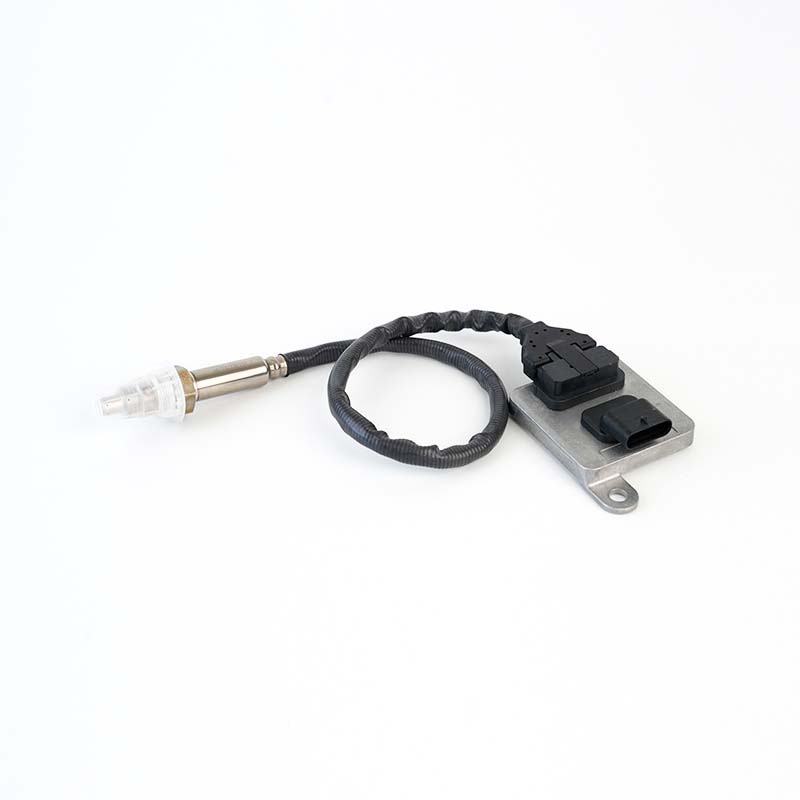 11787587130 NOx Sensor
11787587130 NOx SensorSOOK#:SKNOX145 Continenal No:5WK96621F OE#:11787587130 Application: BMW
-
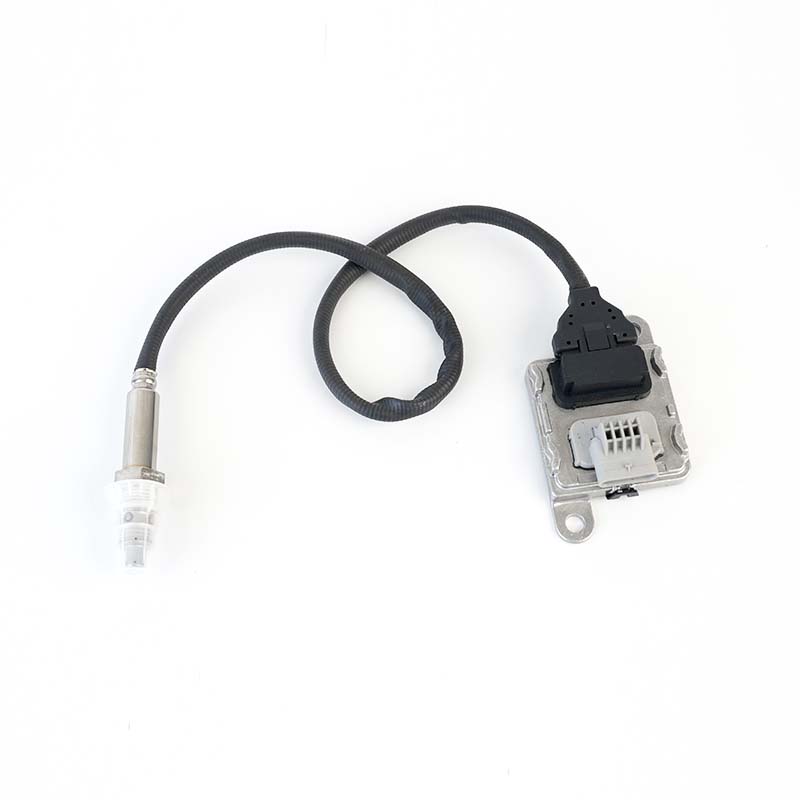 9678570780,A2C96290900 NOx Sensor
9678570780,A2C96290900 NOx SensorSOOK#:SKNOX146 Continenal No:5WK96746A OE#:9678570780,A2C96290900 Application:Peugeot
-
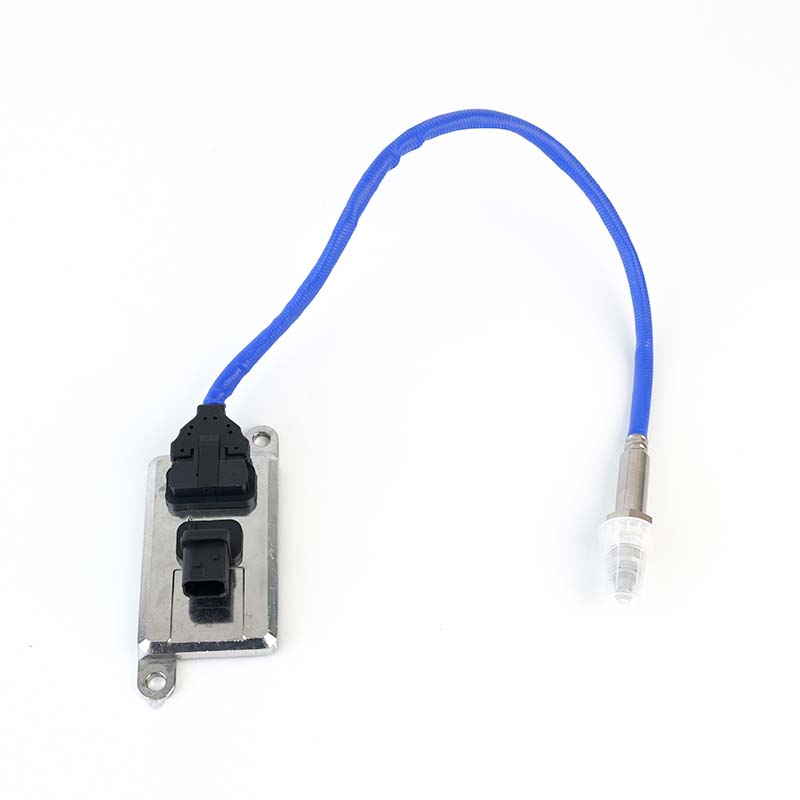 51154080018,51154080011 NOx Sensor
51154080018,51154080011 NOx SensorSOOK#:SKNOX150 Continenal No:5WK96783B OE#:51154080018,51154080011 Application: MAN ...
-
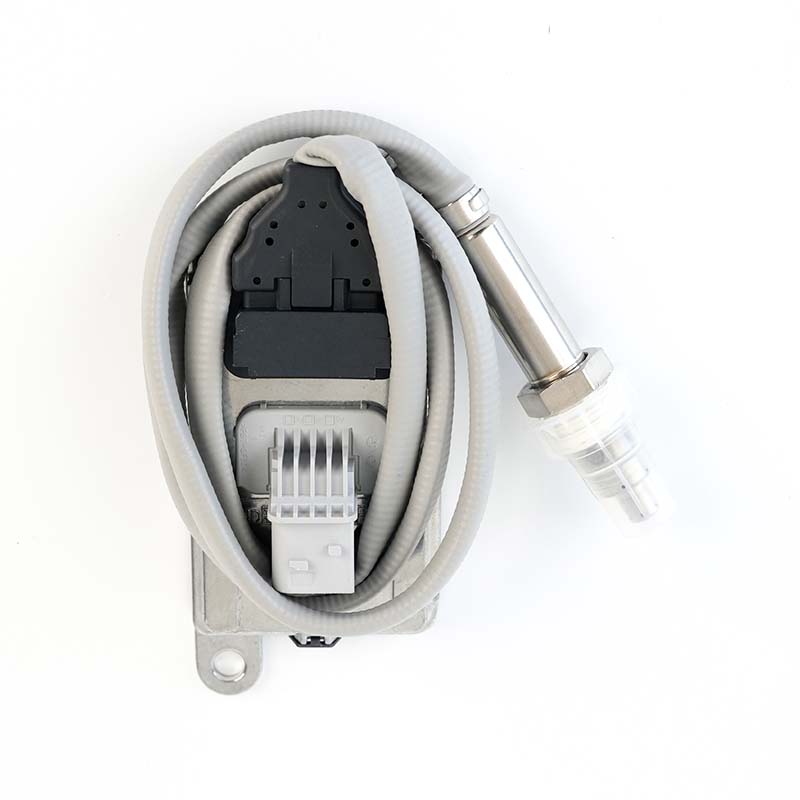 2294290 NOx Sensor
2294290 NOx SensorSOOK#:SKNOX197A Continenal No:5WK97400 OE#:2294290 Application: Scania
-
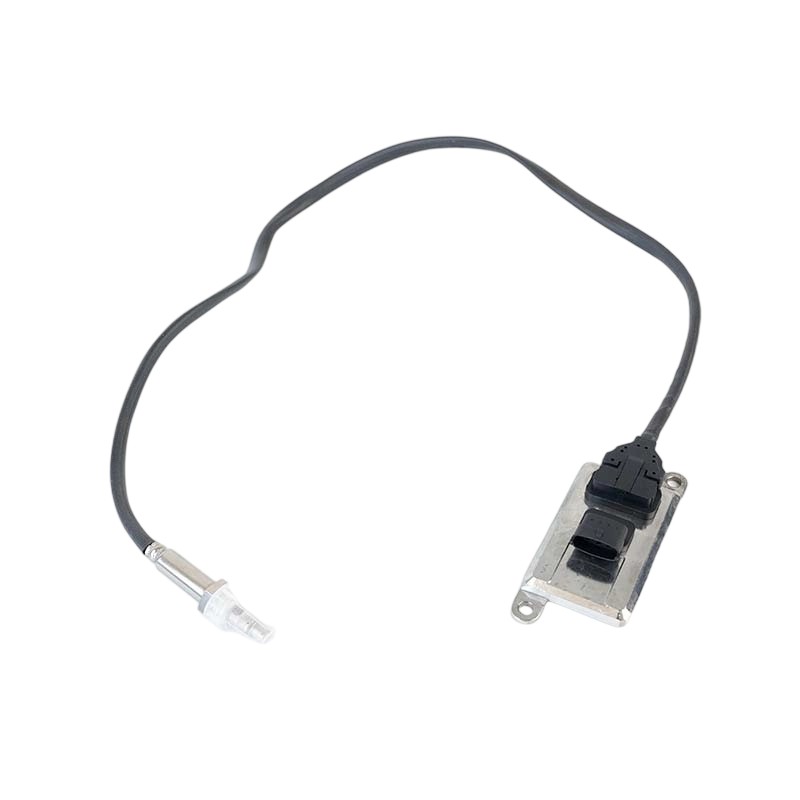 7422827995,7422315987,7422219284 NOx Sensor
7422827995,7422315987,7422219284 NOx SensorSOOK#:SKNOX200 Continenal No:5WK97372 OE#:7422827995,7422315987,7422219284 Application:Volvo
-
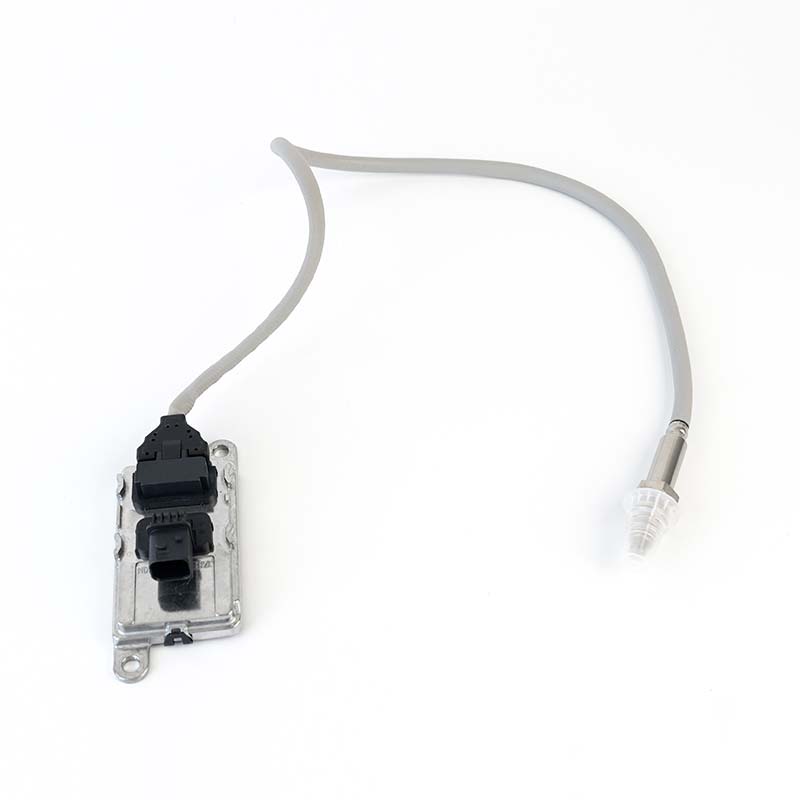 2006243 NOx Sensor
2006243 NOx SensorSOOK#:SKNOX204 OE#:2006243 Application:DAF
Specializing in the research and development of intelligent vehicle exhaust temperature sensor, intelligent NOX sensor, NH3 sensor, H2 sensor and speed sensor, design, production, sales and integration.
Sook High Tech (Jiangsu) Co., Ltd. was established in 2015, with a registered capital of 30.5 million yuan. Has won High-tech enterprise, National science and technology small and medium-sized enterprise, Software enterprise, Member of China Machinery Industry Standardization Technology Association, Council Members of Sensor and IoT Industry Association, Council Members of China Instrument Industry Association Sensor Branch and Council Members of Jiangsu Import and Export Chamber of Commerce.
As a professional China OEM NOx Sensor Manufacturers and ODM NOx Sensor Factory
, SOOK High Tech focuses on the design, production, sales and integration of various sensors for smart cars and industrial fields, as well as cables and heaters for the industrial field.
Has an annual production capacity of 600,000 sensors of various types. There are more than 2,000 items of exhaust temperature sensors, 450 items of NOx sensors, and 1,300 items of ABS sensor, which are exported to Europe and the United States.
Learn about our industry exhibition information and recent events in our company.
-
What impact does the PTCEGT sensor have on emission control?
1. Accurate Temperature Monitoring Improves Combustion Efficiency Real-time Temperature Feedback: The PTC EGT sensor utilizes the positive temperature change characteristic of plat...14 -
What is an NTC EGT Sensor?
1. Working Principle The NTC EGT Sensor uses NTC (Negative Temperature Coefficient) thermistor technology, where the resistance drops rapidly as the temperature rises. When the tem...07 -
What is a PTC EGT Sensor?
1. Working Principle: The PTC EGT Sensor is based on the positive temperature coefficient (PTC) property of platinum metal. As temperature increases, the resistance of platinum met...31 -
What are automotive sensors?
Interpretation of Automotive Sensors 1. Concept Explanation Automotive sensors are devices that convert physical or chemical quantities such as temperature, pressure, displacement,...17
What reset or learning steps are required after replacing a NOx sensor?
1. Clear fault codes and perform a system reset
After replacing a sensor, first use a professional diagnostic tool to read and clear the existing NOx sensor fault codes to ensure the ECU can receive the new sensor's signal.
2. Perform the sensor calibration (learning) procedure
Use the diagnostic tool to access the calibration menu of the emission control system and perform "sensor learning" or "adaptation" according to the manufacturer's instructions. This will allow the ECU to quickly establish a baseline NOx concentration under different operating conditions.
3. Conduct a road test to verify
After completing the reset and learning process, conduct a road test of at least 10 km to monitor exhaust NOx data for stability and confirm that the sensor response time (<1400ms) meets specifications.
4. Recheck the electrical connections
After the road test, recheck the tightness of the sensor connector, wiring harness, and heater circuit to prevent loosening caused by vibration from triggering the fault again.
Why does carbon deposits/soot cause NOx sensor failure? 1. Probe Surface Contamination
After long-term operation, carbon residue and soot in the exhaust gas can deposit on the sensor probe surface, preventing direct gas contact with the sensor element and causing signal attenuation or distortion.
2. Intake Passage Blockage
Carbon deposits can block the sensor's air inlet, reducing airflow and increasing sensor response time, even leading to zero readings.
3. Chemical Corrosion and Electrode Aging
Sulfides and metal particles contained in soot can corrode the electrodes of electrochemical NOx sensors, accelerating component aging and leading to sensor failure.
4. Poor Heat Dissipation
The carbon layer can reduce the sensor's heat dissipation efficiency, causing the operating temperature to rise abnormally, further accelerating the aging and failure of the sensor's internal materials.



 English
English Español
Español Français
Français
 简体中文
简体中文